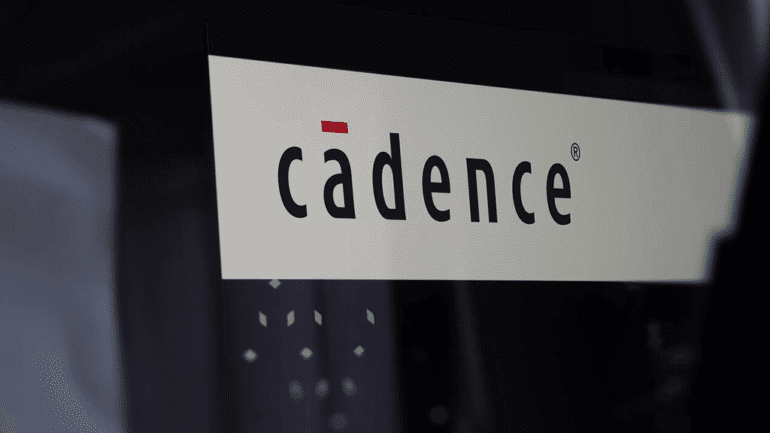TL;DR:
- Cadence introduces “ChipGPT” tool for semiconductor design automation.
- The tool utilizes large language models and generative AI to expedite early design phases.
- Renesas, a mixed-signal semiconductor leader, collaborates with Cadence as an early adopter.
- Automation saves hundreds of engineering hours and ensures efficient design quality control.
- Renesas incorporates AI tools for automated testing, enhancing design efficiency.
- The role of large language models in the future of semiconductor design is emphasized.
Main AI News:
In the world of semiconductor chip design, the conventional approach entails a protracted and often strenuous journey through specification definition, RTL model creation, and exhaustive documentation. Only after traversing these arduous phases can engineering teams embark on the actual circuit design process. However, what if the laborious IP creation and team-based design review phase could be condensed from months to a mere few weeks? Imagine saving hundreds of man-hours otherwise consumed by design team meetings. This ambitious vision is now a reality, thanks to a revolutionary “ChipGPT” tool introduced by Cadence Design Systems.
Cadence, a leader in electronic design automation (EDA), has harnessed the power of large language models and generative AI to revolutionize the early stages of semiconductor definition and design verification. As part of its ZAI Analytics suite for cross-platform design visualization, which boasts AI-enhanced tools for processes such as static timing analysis, chip design power optimization, and area optimization, Cadence has unveiled a game-changing chip specification and pre-verification toolset. These tools enable workflow automation empowered by large language models, expediting the critical initial phases of semiconductor design definition and fabrication.
The impact of this generative AI-assisted EDA tool is staggering. It can potentially save hundreds of man-hours of engineering resources previously consumed by labor-intensive design meetings. The tool’s efficacy has been recognized by Renesas, a leading mixed-signal semiconductor company, which has embraced it as an early adopter. Shinichi Yoshioka, SVP and CTO of Renesas, emphasized the significance of aligning specification and design while managing the increasing validation costs associated with complex design tasks. Renesas and Cadence joined forces to develop a groundbreaking approach that leverages generative AI’s capabilities, significantly reducing the time from specification to final design and ensuring efficient design quality control.
The collaboration between Renesas and Cadence extends beyond chip design, encompassing tools for automated testing and investigative support, further enhancing efficiency and effectiveness in the design verification and review process. As Yoshioka-san noted, “Automated testing and test support capabilities will help us avoid recurrence of the quality issues that contribute to time-to-market delays.” He also articulated the pivotal role of larger language models in the future of semiconductor design processes.
While acknowledging that current large language models may not excel in precise arithmetic or logical operations, Generative AI has unequivocally lightened the load for semiconductor design teams, streamlining iterative optimization and verification tasks. Although machine learning is still in its nascent stages, the emergence of ChipGPT-like solutions is a promising sign of progress, hinting at even greater advancements to come.
Conclusion:
The integration of Cadence’s AI-powered “ChipGPT” tool, embraced by Renesas, marks a significant leap forward in the semiconductor design industry. This collaboration not only streamlines design processes but also demonstrates the growing importance of AI and large language models in shaping the future of semiconductor design, promising increased efficiency and competitiveness in the market.

